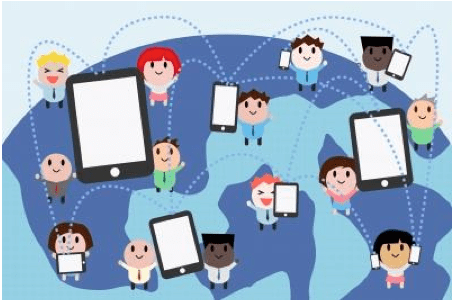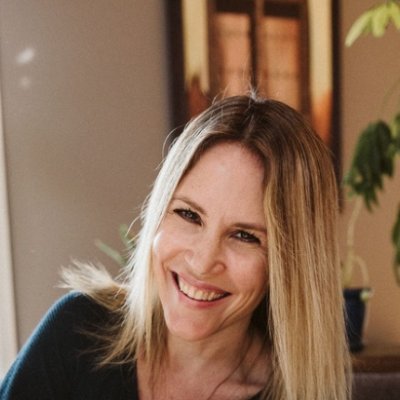Beyond Traditional Silos: Connecting Humanities to Real World, Deeper Learning, & STEM

Excellent reading and writing skills form the foundation of content work in the humanities. And the humanities’ breadth—the arts, theater, philosophy, religion, ethics, world languages—makes it easy to see how the humanities cross over into so many other content areas. Here in particular we can think about the impact strong reading skills can have in a math course, or the impact that strong writing skills can have in a science class. The humanities and STEM really do go hand in hand (hence the increased emphasis on STEAM). We also see this content integration throughout schools that incorporate Deeper Learning and Project-Based Learning as foundational approaches to learning.
As we continue to create technological solutions to problems we seek to solve—for social justice, for increased opportunity for all, for commerce—we certainly need a strong background not just in STEM fields but also in the humanities. For example, Apps For Good allows students to create apps that help make a difference. Specifically the program calls for teaching coding “to empower students from all backgrounds to seize the opportunities of our digital age and create solutions to the problems they care about, using technology.” This is a great example of the connection between the humanities and the work happening in the IT world.
We know this connection happens in many areas of the real world, and there are excellent blended approaches featured in this collection that allow students to make these sorts of connections across content areas. In other words, there are no silos or containers for knowledge. As one middle school teacher said of using Big History Project in class, “The students learn that all knowledge is truly connected.”
This means looking beyond the traditional silos in our standard American school system to integrate concepts of Deeper Learning, Project-Based Learning, real-world learning, and to ensure a high degree of personalization. We embed competency-based learning in our schools and assess students on depth more than breadth. We allow students to pursue their interests and their passions, not just as an aside, but in real and meaningful ways connected to a deeper sense of who they are and their own learning.
If a student is interested in the theater, world languages, philosophy, world religions, graphic design, dance, painting, playing a musical instrument, creative writing, poetry, filmmaking, digital storytelling, culinary arts or other creative endeavors, then we allow for those to be front and center in the classroom. We validate those experiences as legitimate interests. We find ways to incorporate them and we allow students to explore. We allow for the integration that adults experience in the real world.
Next week, we will be publishing a Smart Bundle titled Blending Humanities in the Middle Grades. The “bundled” collection will discuss the basics, which include blended and engaging approaches to reading and writing. The collection will also go beyond the basics to create a rationale for student-centered learning across the humanities at a critical age: the middle grades.
This blog is brought to you by The Nellie Mae Education Foundation as part of a series on blended humanities. For more see the other posts in this series:







0 Comments
Leave a Comment
Your email address will not be published. All fields are required.